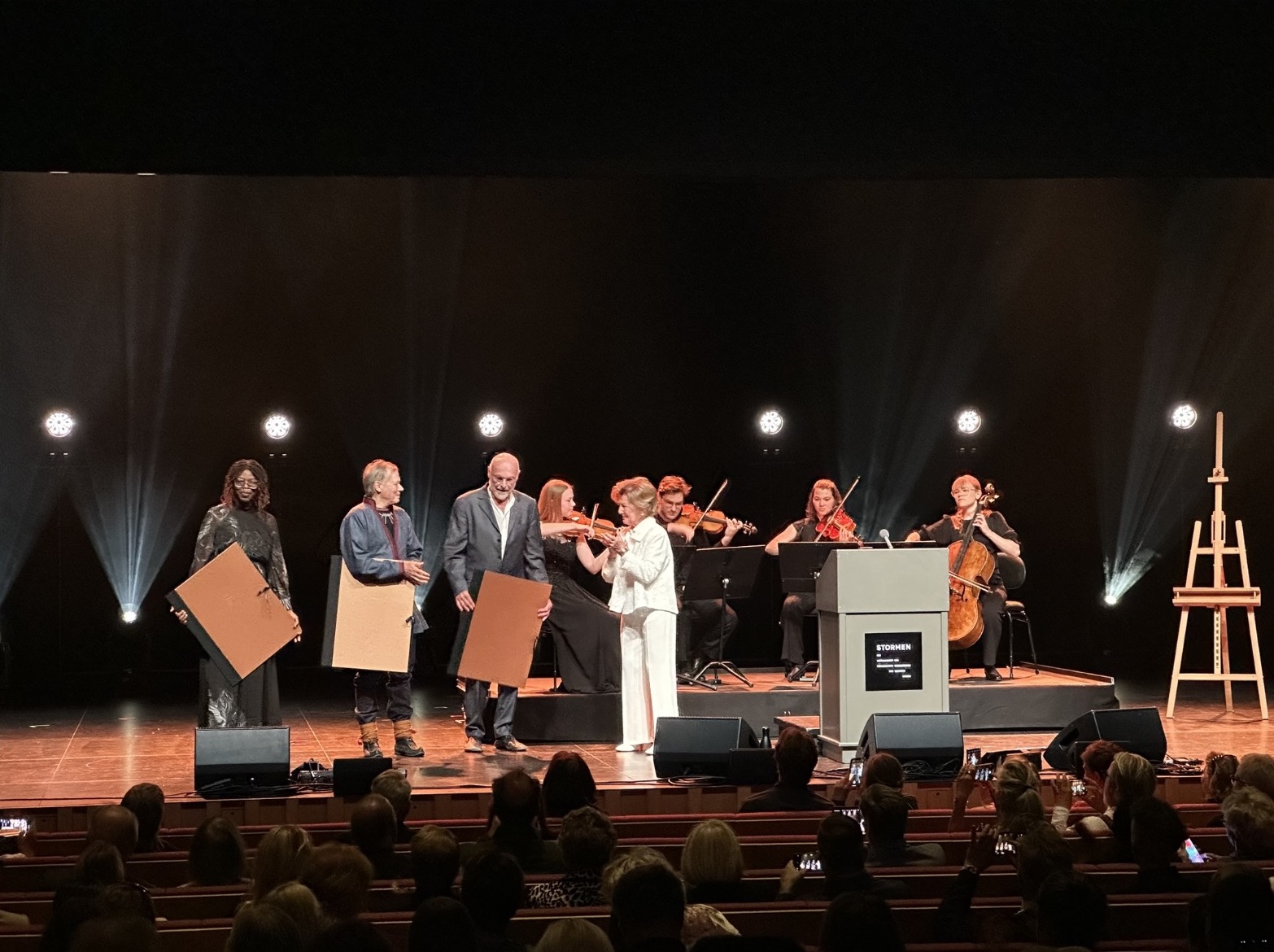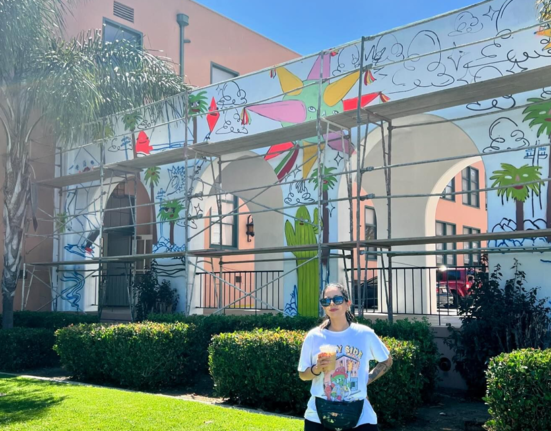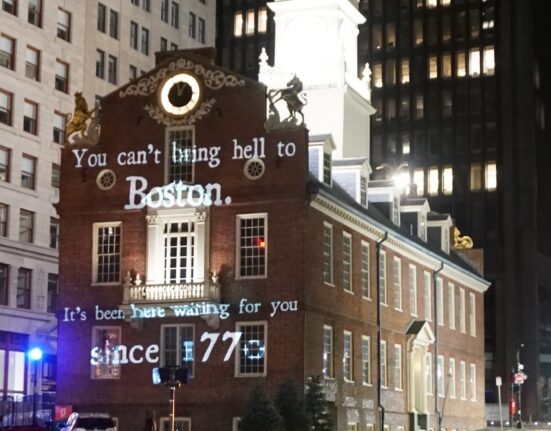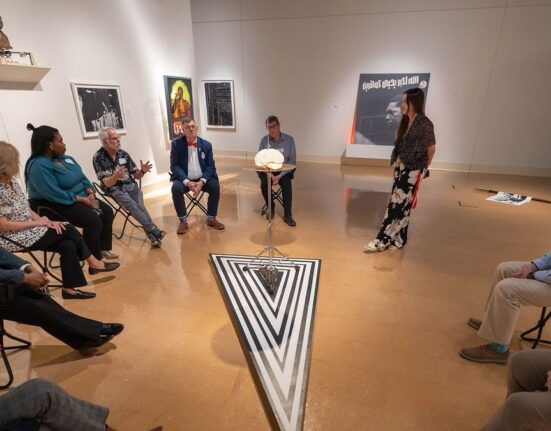Tomas Colbengtson has been announced as the recipient of The Queen Sonja Print Award, one of the most prestigious accolades in printmaking. Her Majesty Queen Sonja of Norway attended the award ceremony on June 5 in Bodø, the European Capital of Culture 2024.
The ceremony was to take place at Keiservarden, a mountain plateau offering stunning views of the sea and the Lofoten Islands. Unfortunately, the high winds moved the ceremony indoors. The lineup included classical and Sámi folk music, plus a rare appearance of Ah Ha’s guitarist Magne Furuholmen.

The Queen Sonja Print Award is distinctive due to its royal patronage. Queen Sonja herself is an accomplished artist. Presented biennially, the award recognises outstanding achievements in printmaking by artists worldwide. Nominations are made by international professionals, curators, artists, and art institutions.
Queen Sonja told the audience, “I am thrilled that the award has been given to a Sámi artist this year. Tomas Colbengtson’s work is already featured in museum collections, and I hope this prize will further elevate his international recognition.”
The award was established by the Queen Sonja Art Foundation, which Queen Sonja initiated in 2011 to promote graphic art and stimulate the development of contemporary printmaking.
Previous winners of the Queen Sonja Print Award include Yto Barrada (2022, France/Morocco), Ciara Phillips (2020, Canada/UK), Emma Nishimura (2018, Canada), Tauba Auerbach (2016, USA), Svend-Allan Sørensen (2014, Denmark), and Tiina Kivinen (2012, Finland).
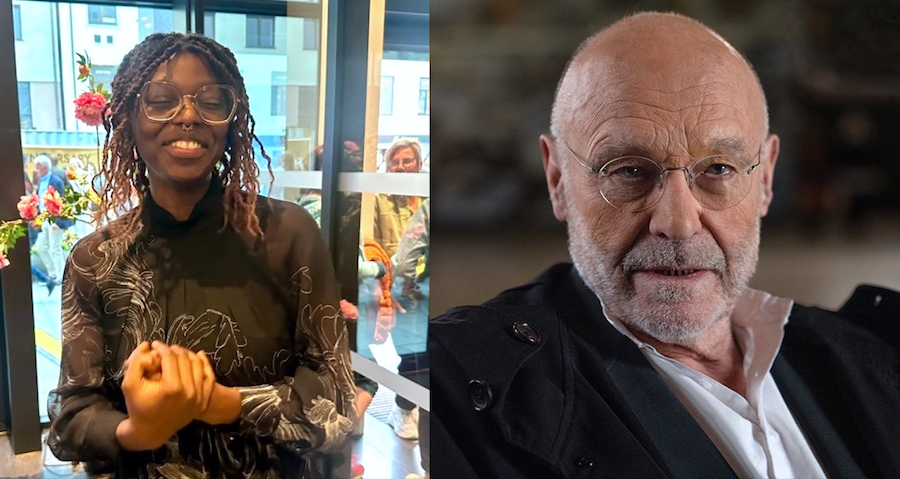
Maria Kayo Mpoyi and Anselm Kiefer Were Also Honored
Swedish artist Maria Kayo Mpoyi was awarded the QSPA Inspirational Award. This prize supports emerging Nordic artists, including students and recent graduates, by providing a study period in New York. Queen Sonja also established this award, initiated in memory of artist Kjell Nupen. Mpoyi is a graduate of the Royal Institute of Art, Stockholm.
The celebrated artist Anselm Kiefer was also honoured with The Queen Sonja Lifetime Achievement Award. He joins previous recipients David Hockney (2018), Paula Rego (2020), and William Kentridge (2022).
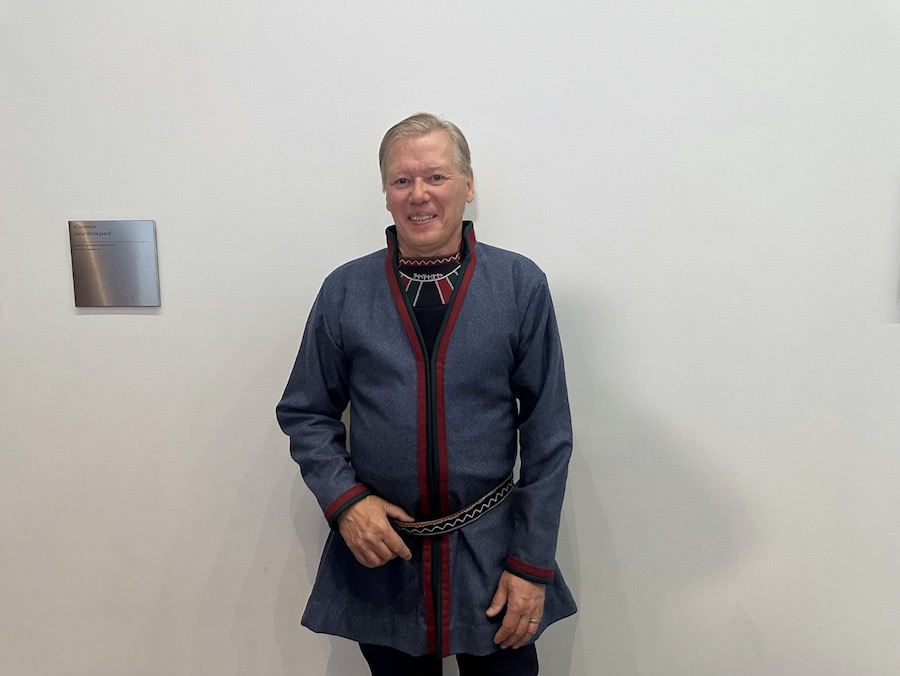
Tomas Colbengtson
Born in 1957 in the small village of Björkvattnet near Tärnaby, Sweden, just south of the Arctic Circle, Tomas Colbengtson is of Sámi heritage. His artwork focuses on the impact of colonialism on the lives and landscapes of the Sámi and other Indigenous peoples. Since beginning his career in 1991, Colbengtson has also worked as an Indigenous curator and initiated Sápmi Salasta / Sápmi Embraces, one of the first art residencies for Indigenous artists.
Colbengtson’s works are in many public collections, including the National Museum of Oslo, The British Museum, the Public Art Agency Sweden, KORO—Public Art Agency of Norway, the Saemien Sijte-South Sámi Museum, and Sámidiggi, the Sámi Parliament of Norway.
His 2023 exhibitions included shows at Gallerie Helle Knudsen, Enter Art Fair in Copenhagen, Scandinavia House in New York, Dalarnas Museum in Falun, National Nordic Museum in Seattle, Kunstnerforbundet in Oslo, and the Alta Museum in cooperation with The Sami Art Association. In 2024, Colbengtson will have major exhibitions in Minneapolis, Santa Fe, and Lausanne.
The Queen Sonja Art Foundation aims to generate interest in graphic art and support its development. The foundation presents three awards every two years, focusing on international graphic art in all its forms and techniques. The Queen Sonja Print Awards have quickly become one of the most prestigious prizes in contemporary art, promoting accessibility and appreciation for graphic art among the public.
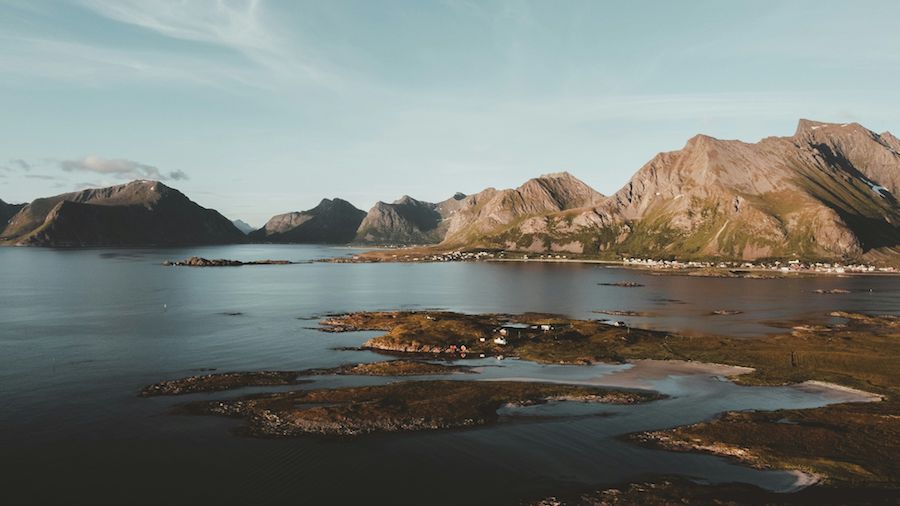
Sámi Art in Sweden and Norway: A Cultural and Artistic Exploration
Sámi art is a profound expression of the Sámi people’s rich cultural heritage and their deep connection to the natural landscapes of northern Sweden and Norway. The Sámi are an Indigenous people inhabiting Sápmi, which spans northern parts of Norway, Sweden, Finland, and the Kola Peninsula in Russia. Their art is deeply intertwined with their history, traditions, and the environment, reflecting ancient practices and contemporary influences.
Traditional Sámi art, known as duodji, utilises natural materials such as reindeer antlers, bone, leather, wood, and birch bark. These materials are crafted into practical items like knives, cups (kuksa), and intricate belts and bags. Duodji often features detailed carvings and decorations. Traditional motifs and symbols, usually geometric and nature-inspired, are significant in duodji. These designs are not merely decorative but carry cultural and spiritual meanings passed down through generations.
The traditional Sámi clothing, known as gákti, is a practical garment suited for the harsh Arctic climate and a significant cultural identifier. The design, colours, and patterns of a gákti can indicate the wearer’s family, region, and even marital status. Beadwork and embroidery are expected, with each piece often telling a story or representing a specific Sámi tradition.
Modern Sámi artists blend traditional techniques and motifs with modern artistic expressions, creating works that address current social, political, and environmental issues while honouring their heritage. Contemporary Sámi art includes painting, sculpture, photography, and mixed media. Artists often explore themes of identity, displacement, and the impact of modernity on Indigenous life.
Prominent Sámi artists include Britta Marakatt-Labba, known for her intricate embroidery that depicts Sámi history, mythology, and contemporary life; Joar Nango, an architect and artist whose work explores the intersection of Sámi traditions and modern urban living; and Tomas Colbengtson, who focuses on the effects of colonialism on Indigenous peoples and landscapes, utilising printmaking and installation art to convey his messages.
Several museums and galleries in Sweden and Norway focus on Sámi culture and art. The Ájtte Museum in Jokkmokk, Sweden, and the Sámiid Vuorká-Dávvirat in Karasjok, Norway, provide extensive collections of traditional and contemporary Sámi art. These institutions play a crucial role in preserving and promoting Sámi artistic heritage.
Annual events such as the Riddu Riđđu Festival in Norway and the Jokkmokk Winter Market in Sweden showcase Sámi culture, including art, music, and traditional crafts. These gatherings promote cultural exchange and appreciation, drawing attention to the vibrant Sámi artistic scene.
Awards and foundations also recognise Sámi artistic excellence. For instance, the Queen Sonja Print Award highlights outstanding contributions in printmaking, often spotlighting Indigenous artists like Tomas Colbengtson. The Sámi Artist Council supports and promotes Sámi artists, ensuring they receive national and international attention.
Sámi artists face challenges preserving their cultural heritage while seeking innovation in their art forms. Advocacy for protecting Sámi land rights and artistic expression is a recurrent theme. Ensuring Sámi art is accurately represented and respected within the broader Nordic and international art scenes is crucial. Ongoing initiatives aim to increase visibility and appreciation for Sámi contributions to the arts.
Sámi art in Sweden and Norway is a vibrant and evolving expression of Indigenous identity, resilience, and creativity. From traditional crafts to contemporary artistic innovations, Sámi artists continue to honour their heritage while engaging with the world, offering unique perspectives that enrich the global art world.
Tags
Anselm Kiefer, Maria Kayo Mpoyi, Queen Sonja Art Foundation, Sámi Art, Tomas Colbengtson

